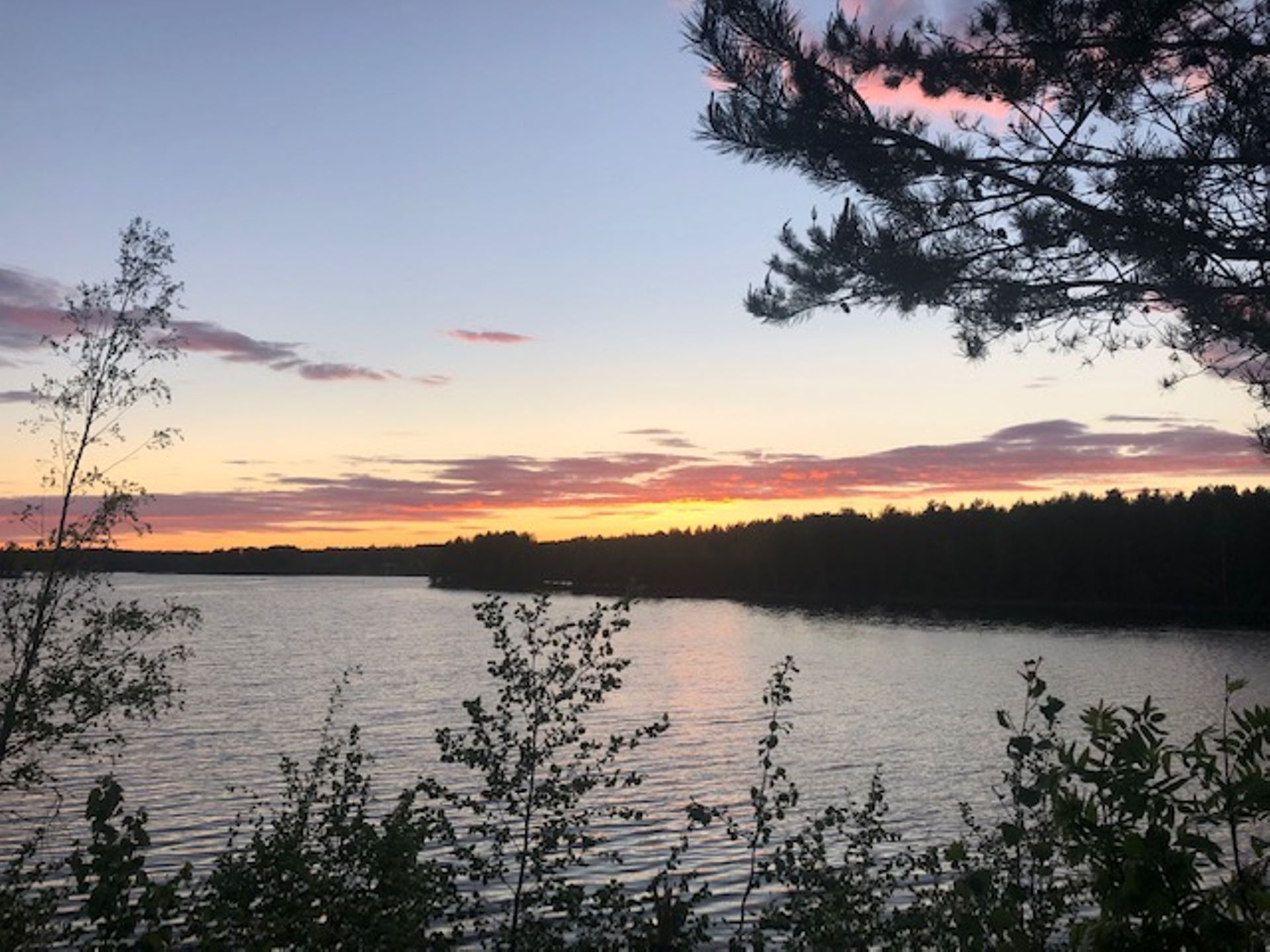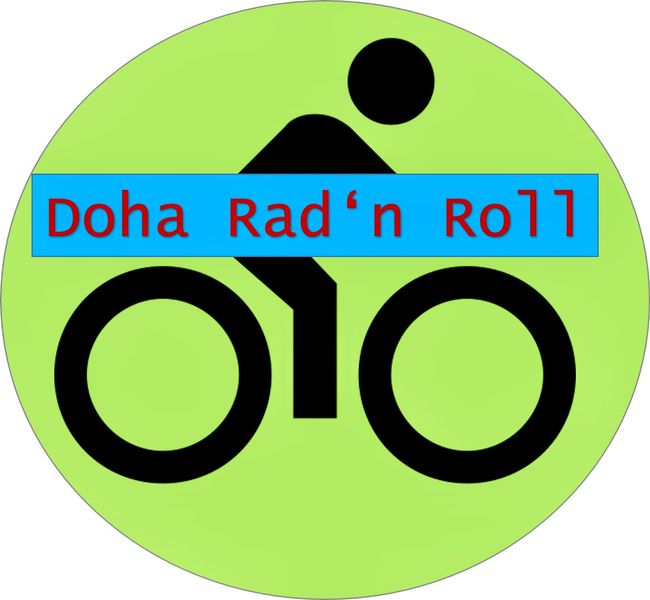Thayatal National Park, Weinviertel, and Bratislava
Жарияланды: 06.07.2022
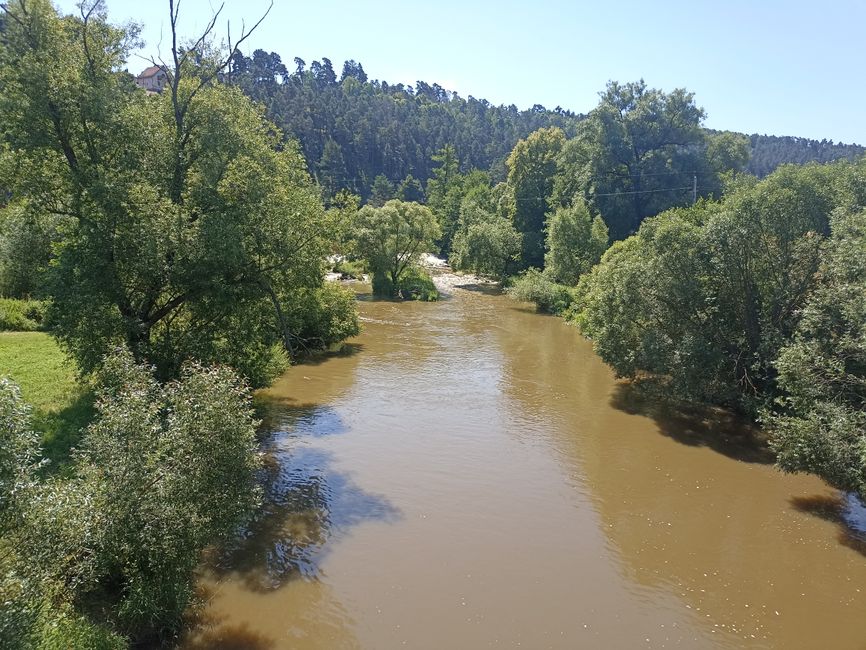
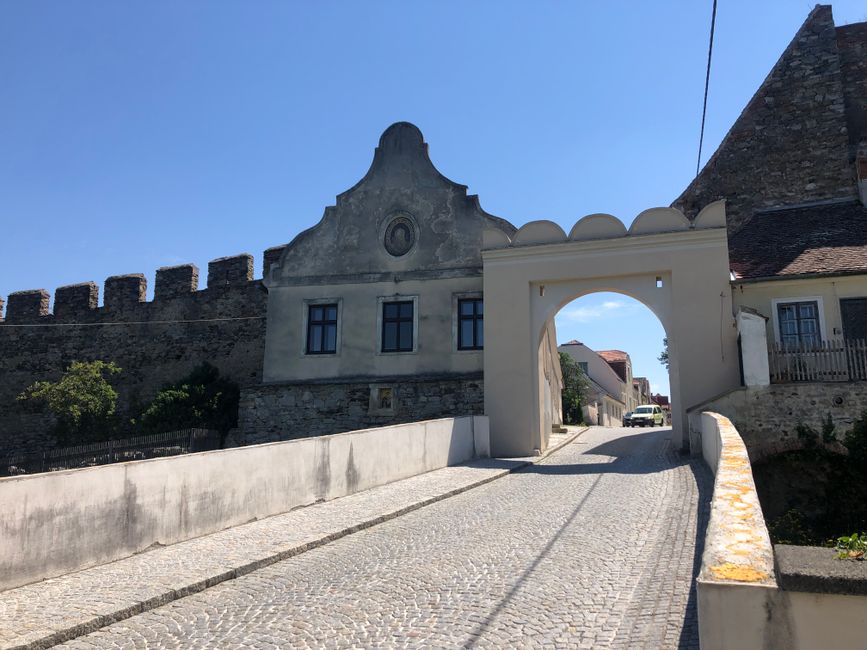
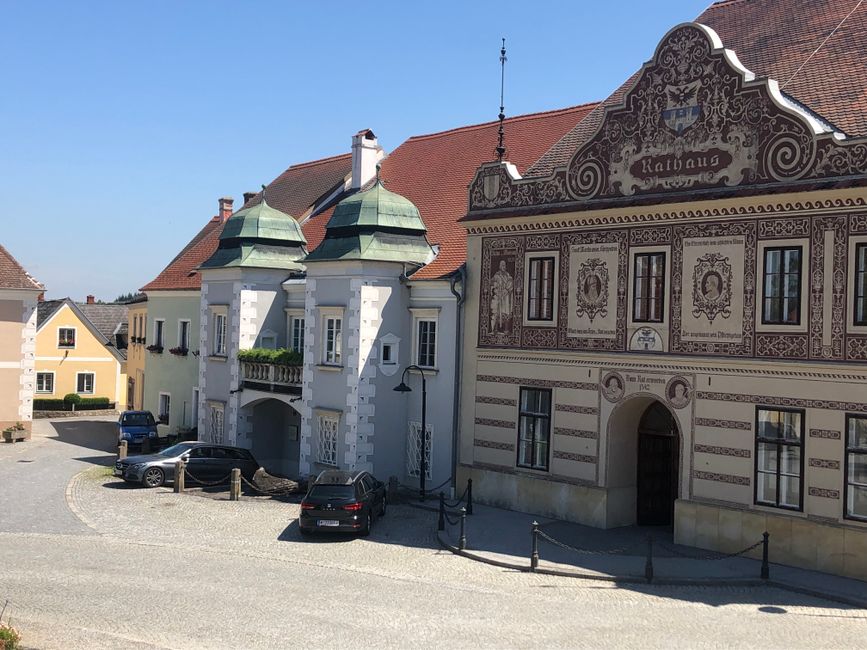
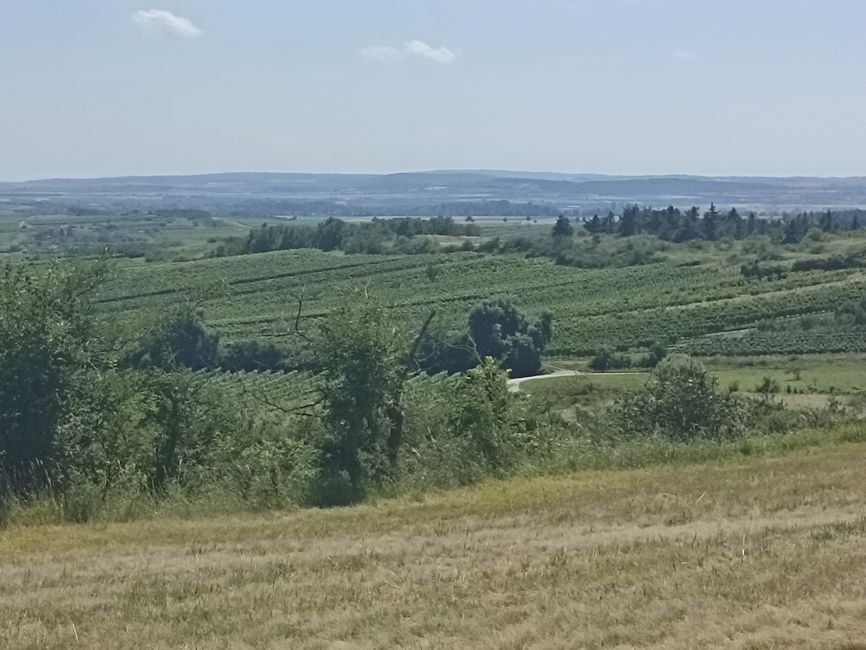

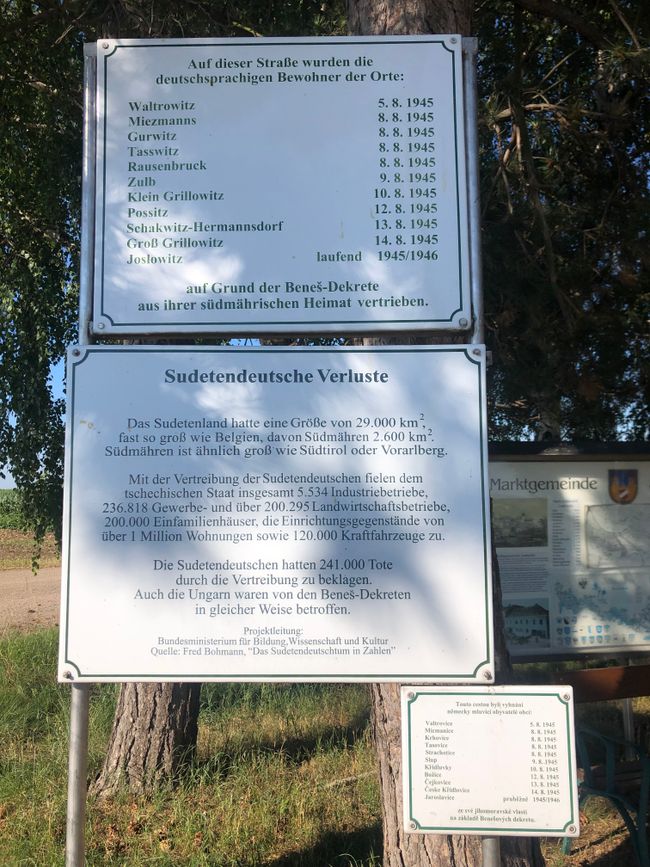
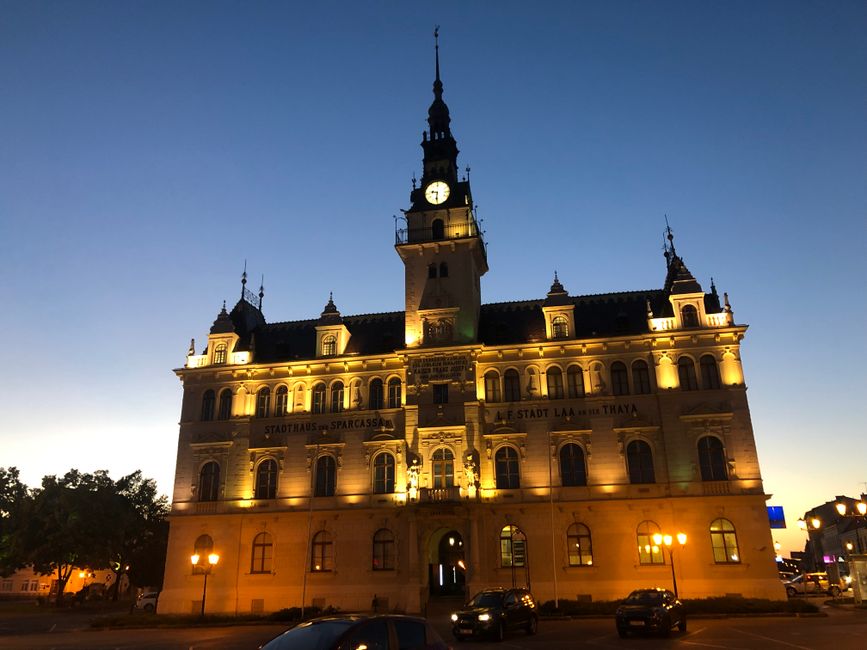
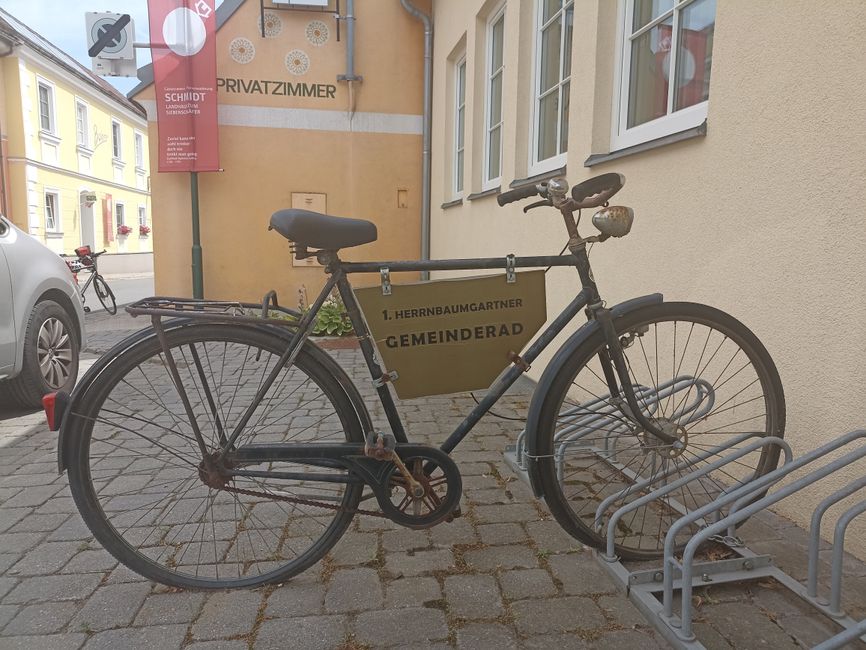
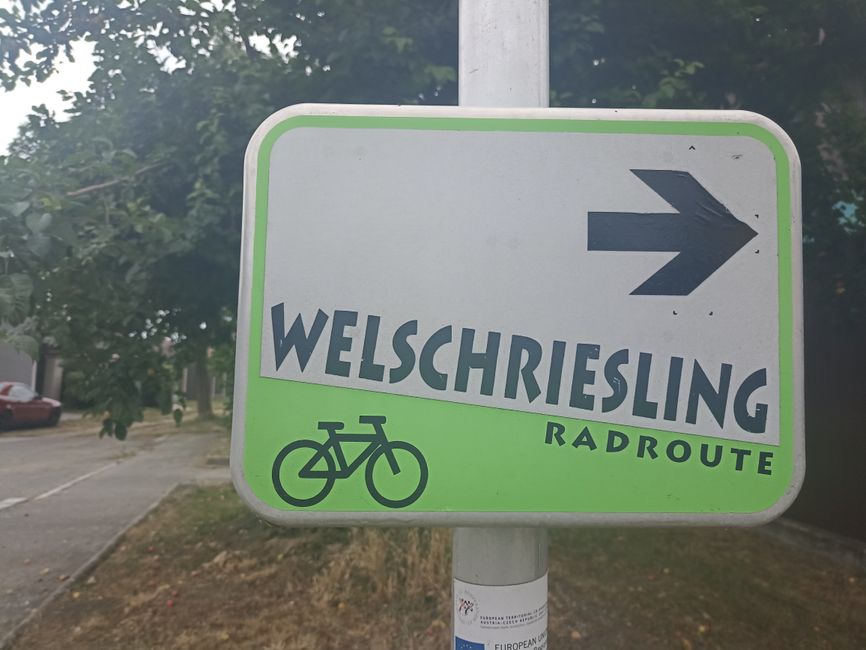
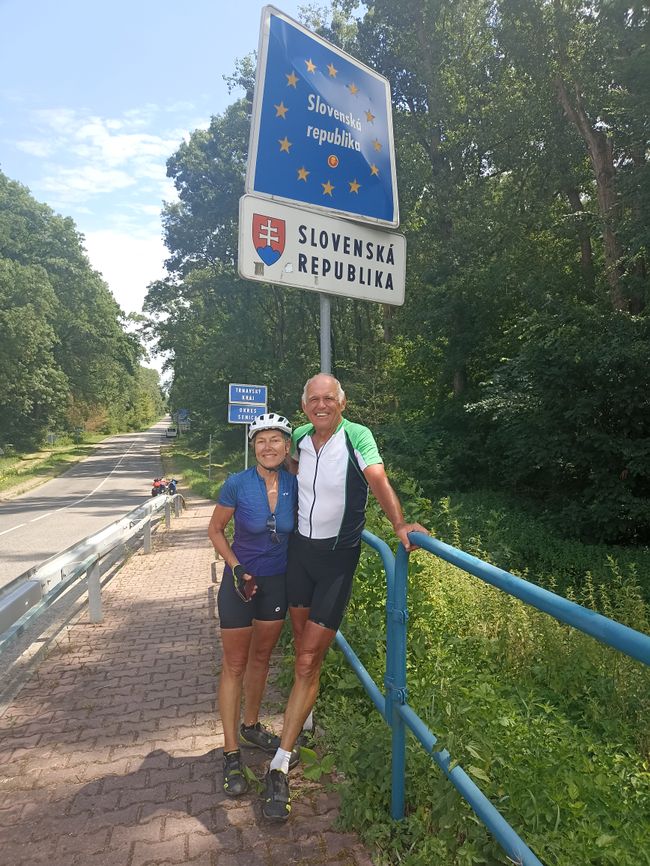

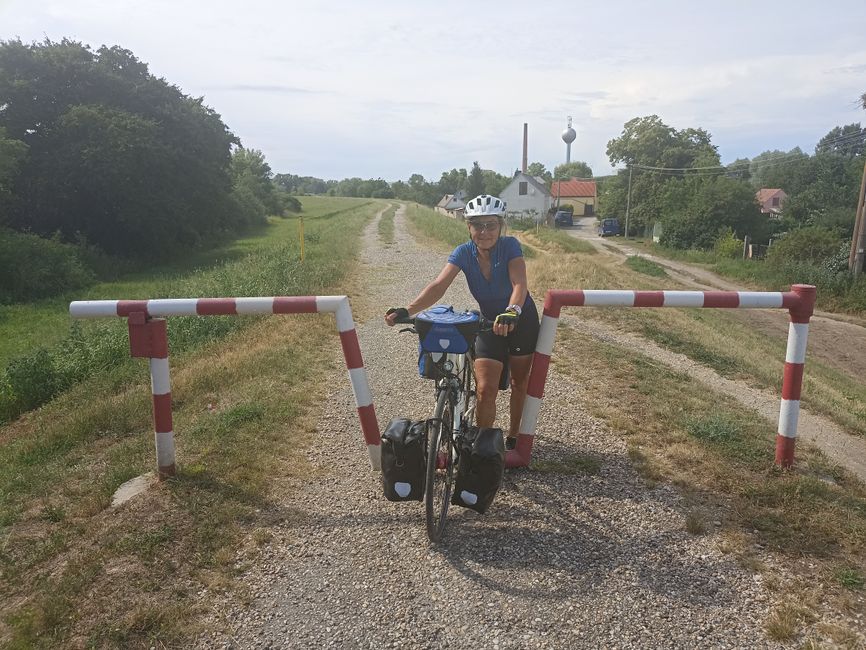
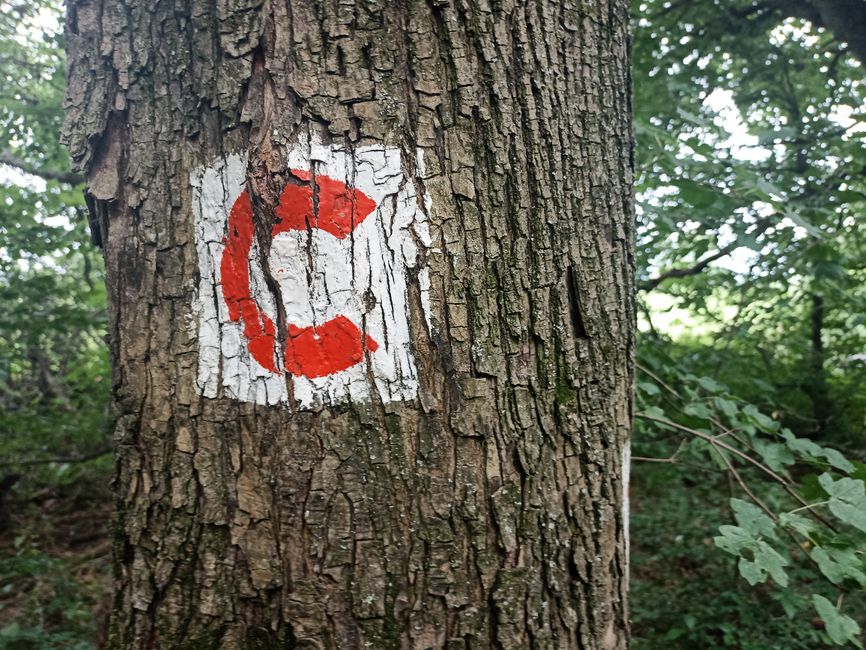

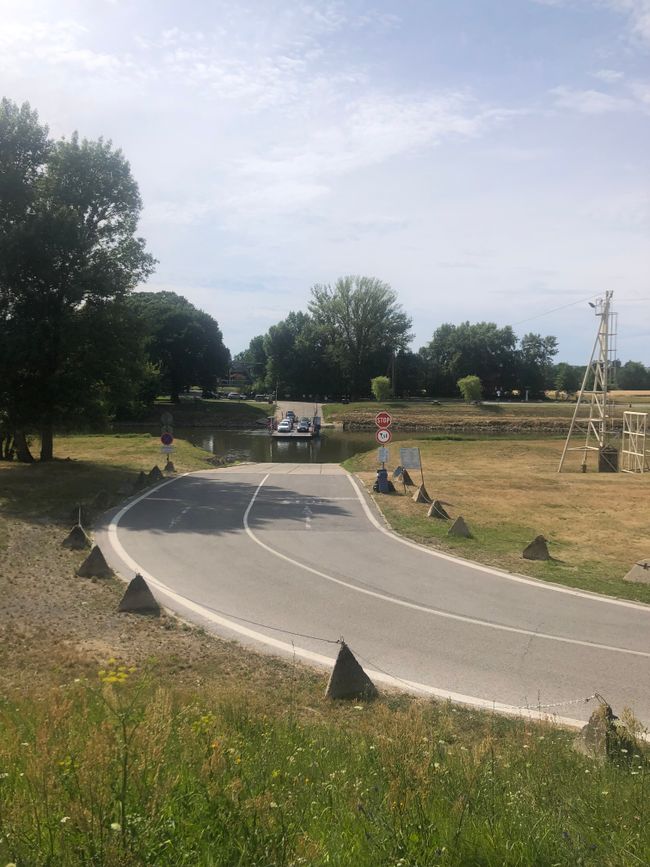
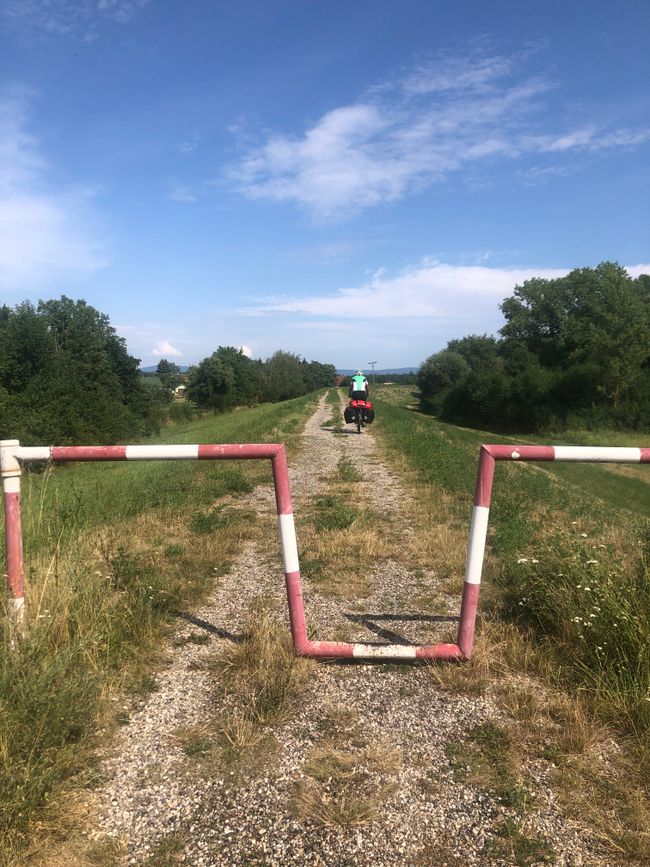

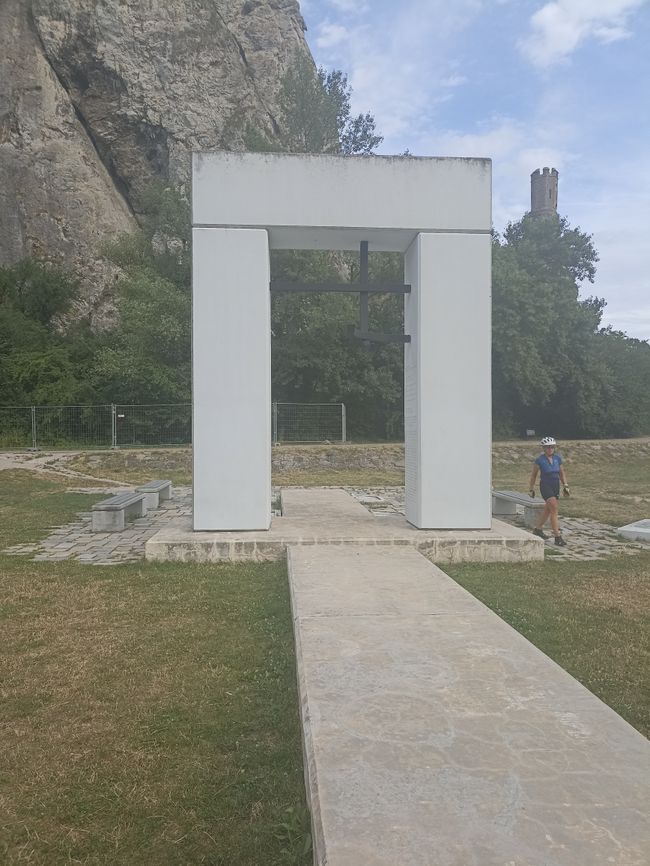
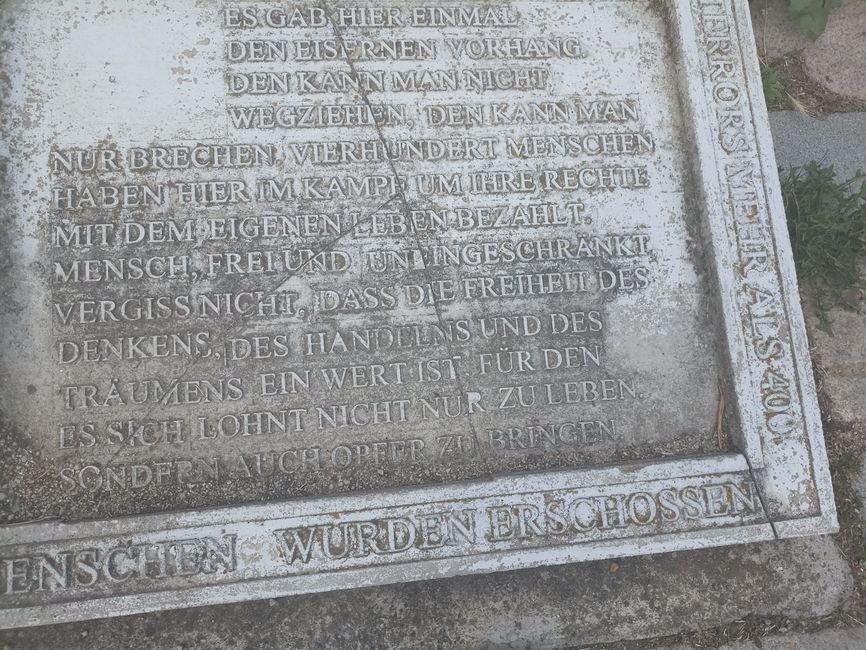
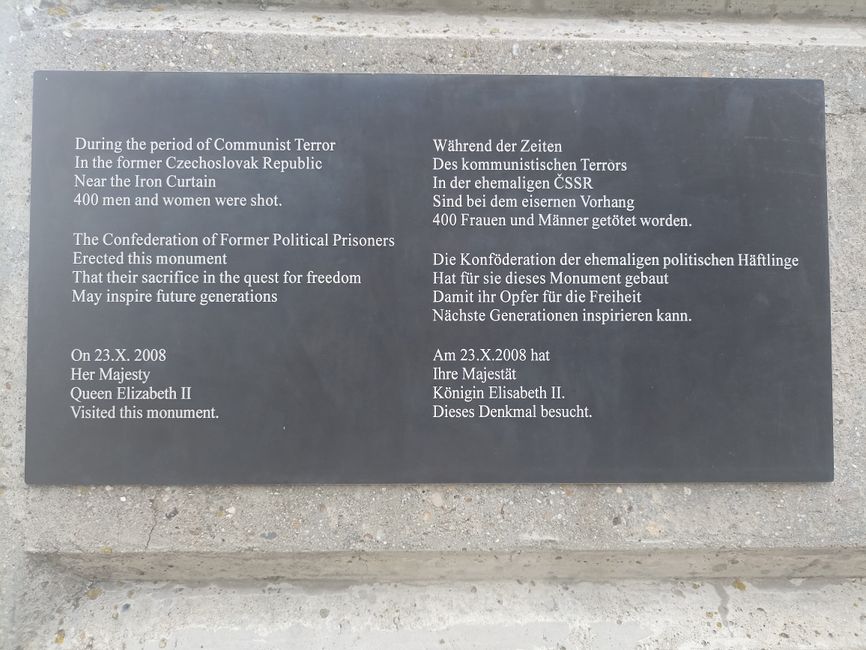
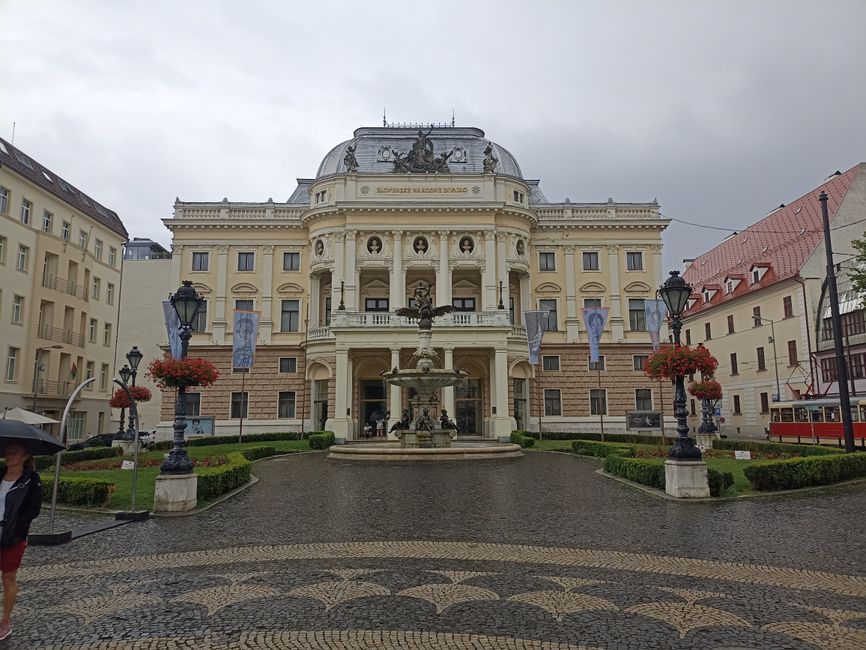
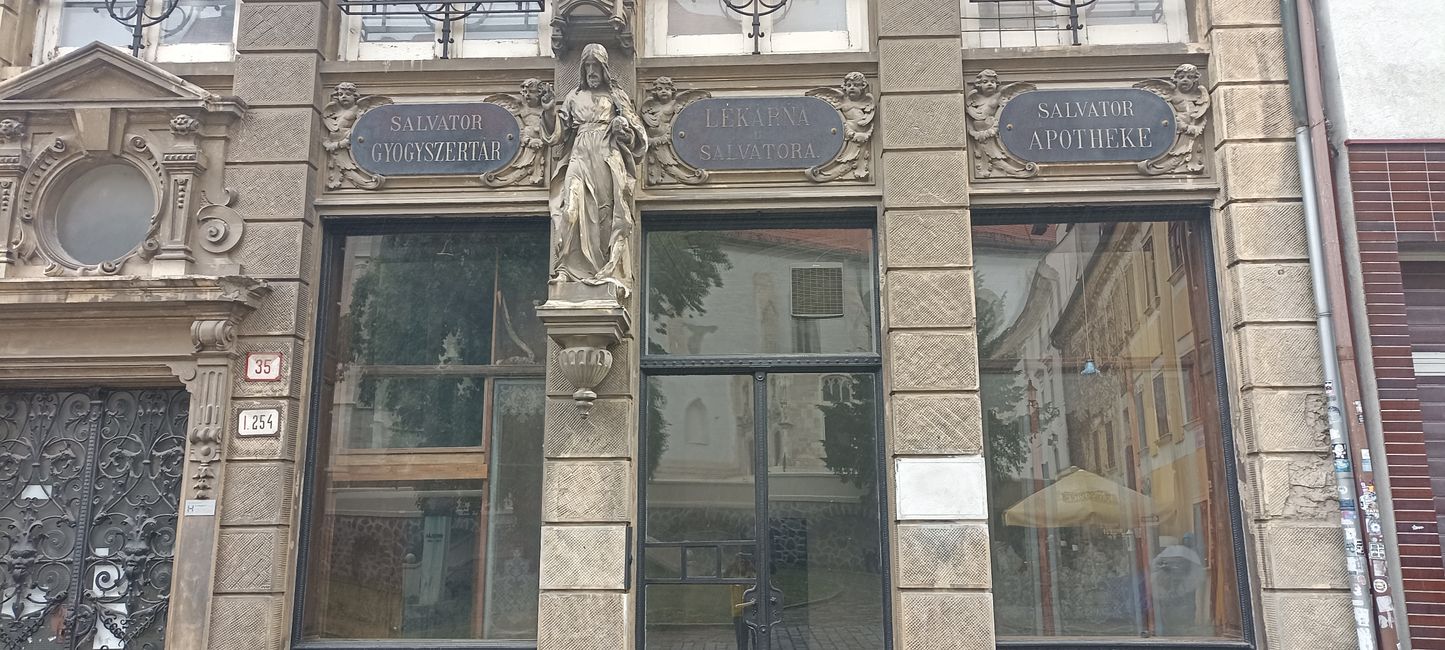
Ақпараттық бюллетеньге жазылу
Day 28 - July 3: Slavonice- Drosendorf - Retz - Laa an der Thaya 110 km
It's a typical bike ride on a sunny Sunday, we cycle well-prepared on paved bike paths, enjoy the beautiful landscape and in the evening, a well-deserved beer. Unlike at home, there will be a few more kilometers, which is still feasible with a generally descending terrain and good signage. During an early coffee break with poppy-apricot cake (a poem!), we change our plans and decide to go directly to Laa an der Thaya. Just because of the name, you have to stay there. There are still a solid 75 km ahead, first through Thayatal National Park, which, together with Narodni park Podyjí on the Czech side, forms a bilateral unit. Like the national parks in Bavaria and Bohemian Forest, a special flora and fauna have been preserved here due to the consequences of the border drawing. Just before Retz, the climbs are over, and we get a breathtaking view of the Weinviertel, which borders Czechia to the north and east and Vienna to the south. We ride through vineyards until we reach our destination in Laa an der Thaya. On the way there, we pass through many small wine villages that primarily produce white wine. On a hill 100 m before the border, a monument and various plaques commemorate the expulsion of the Moravian Sudeten Germans, who were deprived of their homeland and property by the Beneš Decrees, a dark chapter in post-war history.
A few kilometers before Laa, we come across the huge production facility of Jungbunzlauer AG, where citric acid is produced. By the way, the headquarters is in Basel. Laa has a beautiful and modern thermal bath, but only a few restaurants. In the pizzeria we chose, the dough is sold out, but there is an alternative just around the corner.
Day 29 - July 4: Laa an der Thaya - Hohenau an der March - Zahorska Ves - Devin - Bratislava 130 km
Current status: 2750 km
Today we have set ourselves a lot, as we want to be in Bratislava in the evening, where we can stay for two nights with our neighbor from the Luftmattstrasse, George. In between, the length of today's stage leads to a heated discussion at noon when we still have 80 km ahead of us and Dominique clearly has the better arguments. (In hindsight, Harald planned correctly because it rains all day in Bratislava today!) After Hohenau, we cross the March River and enter Slovakia, the fifth country on our tour. No documents necessary, only the state coat of arms indicates that we are entering a different country. The March River was the border river between the "Germans" and the "Slavs" for over 1,000 years and is now the border river between Slovakia and Czechia and Austria, flowing into the Danube shortly before Bratislava. The EuroVelo 13 is perfectly signposted on the Slovak side and leads through a stimulating and tranquil landscape characterized by floodplain forests. Even 32 years after the border opening, the Slovak side is cut off from development and depopulated, and looks very poor. Besides the bridge at Hohenau, there is only one ferry at Zahorska Ves in the next 80 km, the brand new pedestrian and bicycle bridge at Marchegg, and the Schlosshof Bridge, opened in 2012, in Devin, which is also reserved for pedestrians and cyclists. Occasionally appearing bunkers belong to the Czech Wall, which had to be finally abandoned in 1939. After Vysoka pri Morave, we encounter more and more cyclists who are doing their evening rounds on the well-developed bike paths. At the Devin Castle, the March River now flows into the impressively wide Danube. There is also the brightly white monument "Gate to Freedom" with the engraved names of 400 women and men who were killed in attempted escapes at the Iron Curtain in Czechoslovakia. Their sacrifice for freedom is intended to inspire future generations. It is not far to Bratislava, the birthplace of my father, and thanks to modern technology, we quickly find George and Zita's house, where we are warmly welcomed and learn a lot about the history of Slovakia during dinner.
Day 30 - July 5: Bratislava / Rest day
It is a rest day in many respects, we only pedal to get to the Old Town, Bratislava is quiet because it is a public holiday (Saints Cyril and Methodius) and it rains almost all day. One could say it was well planned, or one could say it just happened that way. The day is good for us, and we are glad that we don't have to make progress somewhere with the bike in heavy rain.
The capital of the self-proclaimed Slovakia since 1993 has a very beautiful Old Town right on the Danube, and due to family reasons, I also have a special connection to the city, where I visited several times as a child. Today, the city only 60 kilometers from Vienna is booming thanks to its advantageous location and excellent educational opportunities. Four years ago, we visited here before and also met my cousin Bedka and her family. This time, unfortunately, it doesn't work out to meet them as they are in their country house. We take a walk through the Old Town, past the Old Town Hall with the baroque tower, further to Michael's Gate, the only preserved medieval city gate. We continue past the National Theater to the Gothic St. Martin's Cathedral, where eleven kings and eight queens from the House of Habsburg were crowned between 1563 and 1830. Bratislava was the capital of the Kingdom of Hungary during this time. Right next to it, you will find the remains of the synagogue, which was not destroyed by the Nazis but had to give way to a bridge and road project of the communist government in 1969. The reason given was that the road, which runs directly between the Old Town and the Castle Hill, would protect the Old Town. Unbelievable!
On the way back to George and Zita's place, we want to visit the Museum of Carpathian Germans, which is unfortunately closed today. We use the afternoon for some emails and further planning (only four days until Slovenia). Just a rest day!
Ақпараттық бюллетеньге жазылу
Жауап
